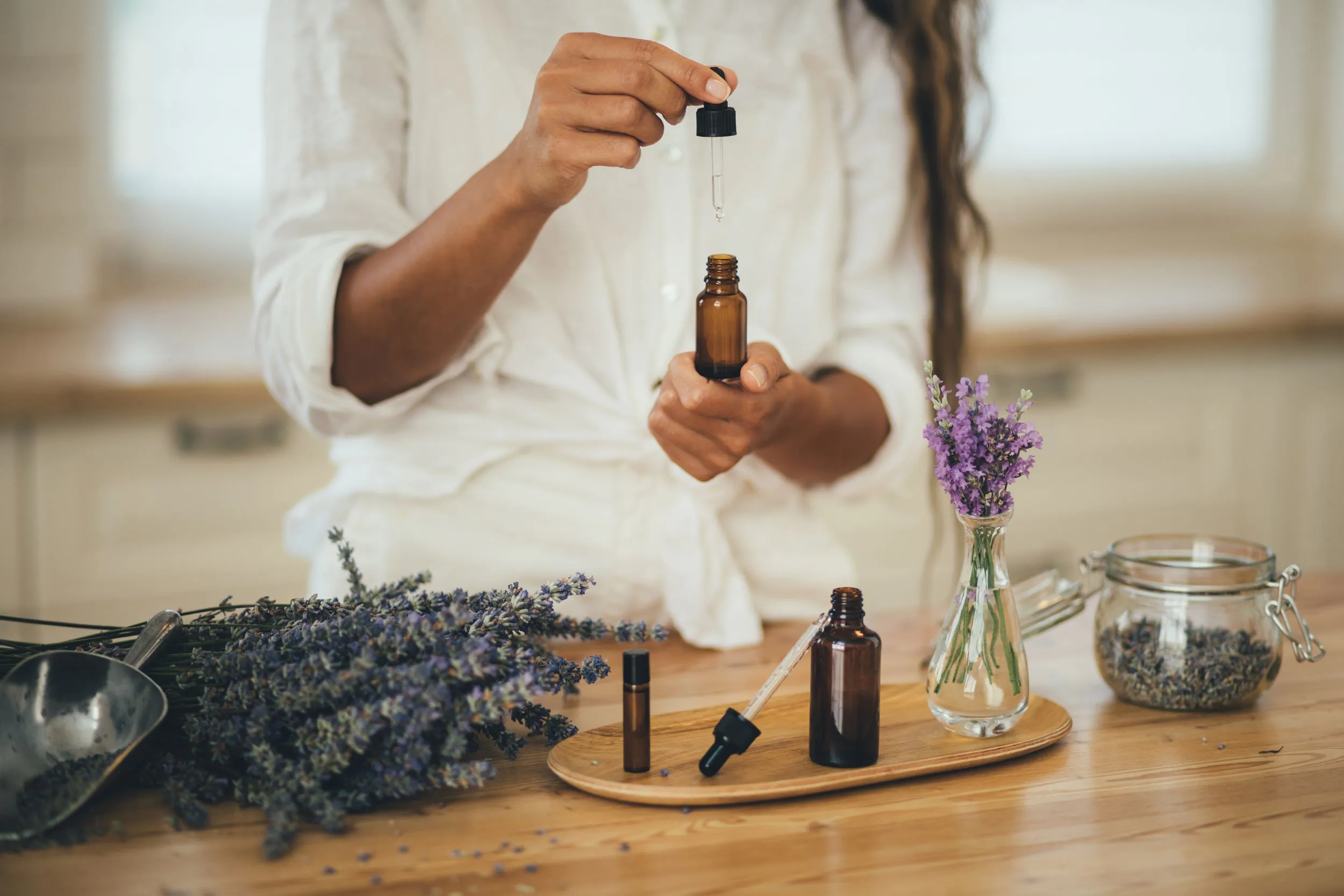The essential oils industry provides products for a variety of applications across sectors, from personal care to food and beverages, scented products, alternative medicine, and more. People have been using essential oils for medicinal and other purposes for at least a thousand years, and while more scientific studies may be needed for them to be used as prescribed medicines, there is growing demand for them as holistic treatments for a variety of health complaints.
What Makes Essential Oils Popular?
Essential oils have been found to have antibacterial and anti-inflammatory qualities, and may be able to fight the growth of bacteria that cause food poisoning. They can also reduce agitation in people with dementia and treat acne and hair loss. In addition to these effects, they are thought to have many other benefits, such as treating anxiety, stress, migraines, insomnia, coughs, digestive issues, and many other health problems, as well as helping to improve concentration and memory. Another benefit is that essential oils have almost no side effects, and also don’t require a prescription to obtain. Because of this, aromatherapy is a popular way of using essential oils.
There are several other applications for essential oils beyond the health and wellness sector as well. In the food and beverage industry, they’re used to flavor products such as candy, soft drinks, pickles, and more. Candles and other scented products use them, and they can also be ingredients in repellents, preservatives, paints, and more.
Essential Oils Industry Overview
The global essential oils industry was valued at close to $22 billion in 2022 and is expected to see significant growth over the next several years. The COVID-19 pandemic is helping to drive this growth — people have become increasingly health-conscious over the past few years, and there has been a rise in health issues due to the virus. Aromatherapy is therefore one of the solutions people are looking to for relief of respiratory issues and other health problems, especially in places where access to affordable healthcare is limited.
The increasing demand for natural products over synthetic ones is also helping to boost demand for essential oils. A growing number of consumers are seeking out products that use natural and clean ingredients across multiple sectors, from medicine to food to other everyday products. As essential oils are derived from plant products such as flowers, leaves, and tree bark, there is growing demand for them as alternatives to artificial ingredients and materials, making the essential oils industry more popular than ever.
Essential Oils in Aromatherapy
Because of the escalating popularity of essential oils as alternative medicine, the global aromatherapy industry is also flourishing. Valued at around $2 billion in 2022, the industry is expected to more than double by 2031. North America accounts for over 40% of global revenue, with the US in particular being the largest consumer of aromatherapy products. Women are the primary target audience for aromatherapy, and its popularity with millennials is growing. Increasing awareness of aromatherapy products combined with a growing number of health concerns and stress due to the pandemic are helping to drive the market’s growth.
Topical application is the most common use of aromatherapy oils, followed by inhalation. However, the aerial diffusion segment is expected to see significant growth over the coming years as various types of diffusers become increasingly popular in households and in other settings.
The Rise of Self-Care
As people have become more aware of their physical health over the course of the pandemic, they’ve also begun to focus more on mental health. Lockdowns and sicknesses caused significant amounts of stress and depression, and along with activities such as yoga and meditation, many consumers turned to solutions such as aromatherapy to help them relax and recuperate. In fact, almost a quarter of consumers who use aromatherapy products use them for relaxation.
In the US, a survey by IRI found that nearly 90% of people practiced some form of self-care. The spa industry is also seeing growth as more people opt for spa treatments to destress, and spas are increasingly incorporating aromatherapy and essential oils into their treatments and products.
The Value of Functionality
Consumers are increasingly looking for scented products that offer functionality alongside a pleasant smell. Whether that’s to improve physical health or to provide some other experience, essential oils fulfill that demand in a way that other fragrance products cannot.
One experience some users are looking to recreate in their own home is the Japanese tradition of “forest bathing,” a slow, mindful walk in the woods to improve wellbeing. Essential oils can provide a similar sensation and decrease stress when the user is unable to visit an actual forest.
Product Innovations in the Essential Oils Industry
Some manufacturers are taking advantage of the increased interest in essential oils by developing new products around them. For example, Kohler recently announced its new Sprig Shower Infusion System, an attachment for showerheads combined with aromatherapy infusion pods. When the shower is running, the attached pod infuses the water with scents such as lavender, camomile, or eucalyptus. The pods also include ingredients meant to nourish the skin.
Meanwhile, health and wellness company dōTERRA introduced a new line of sun care products earlier this year that are infused with essential oils. These products are advertised as being vegan-friendly and reef-safe, and use natural ingredients meant to soothe and protect the wearer. The line includes moisturizers, lotions, sticks, and sprays.



